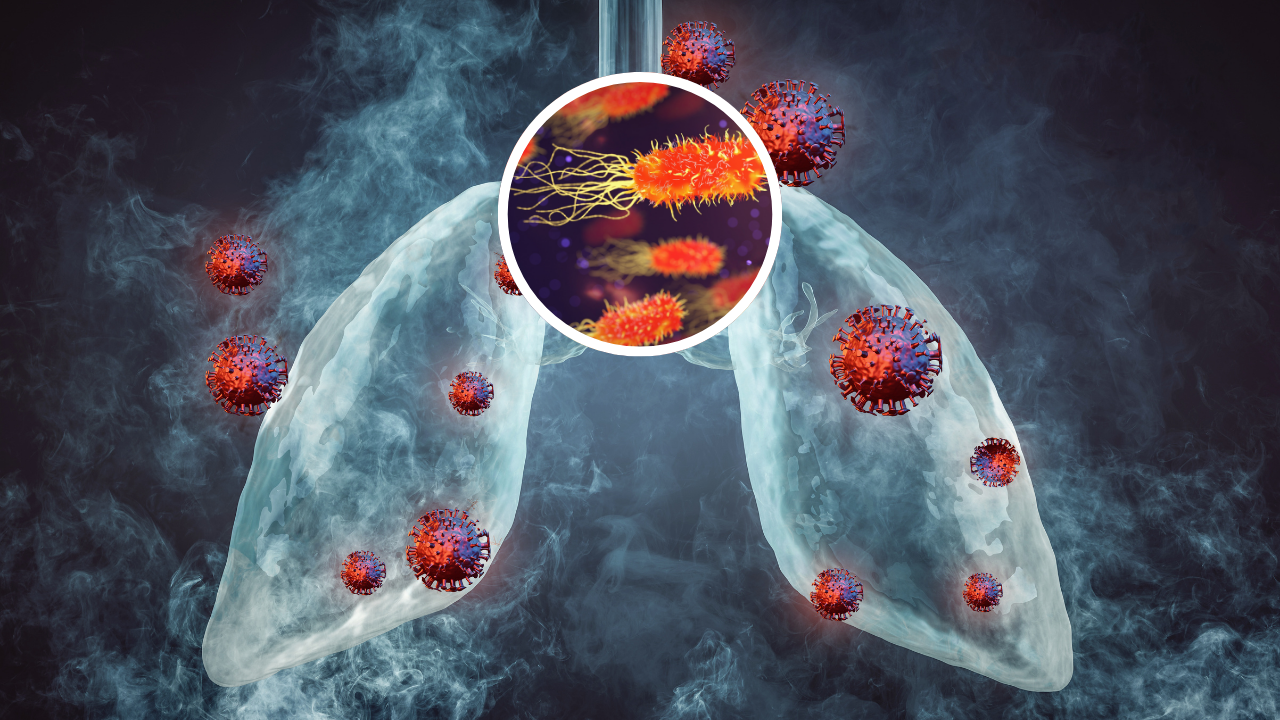Legionnaire’s Disease Outbreak Kills 2 And Sickens 58 In New York City- Know Symptoms And Risk

(Credit-Canva)
SummaryA Legionnaires disease outbreak has been reported in Harlem New York. Health officials have warned the citizens of the area to be careful as the disease is contagious and poses a risk of spreading.
End of Article
